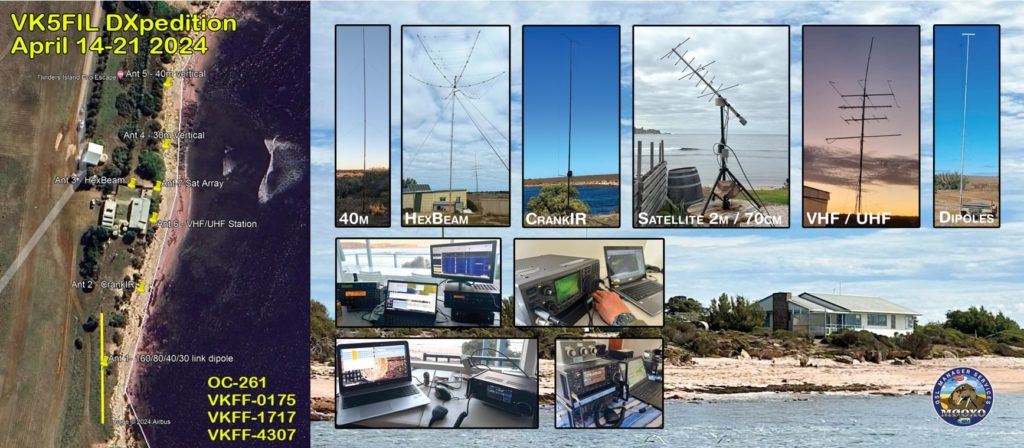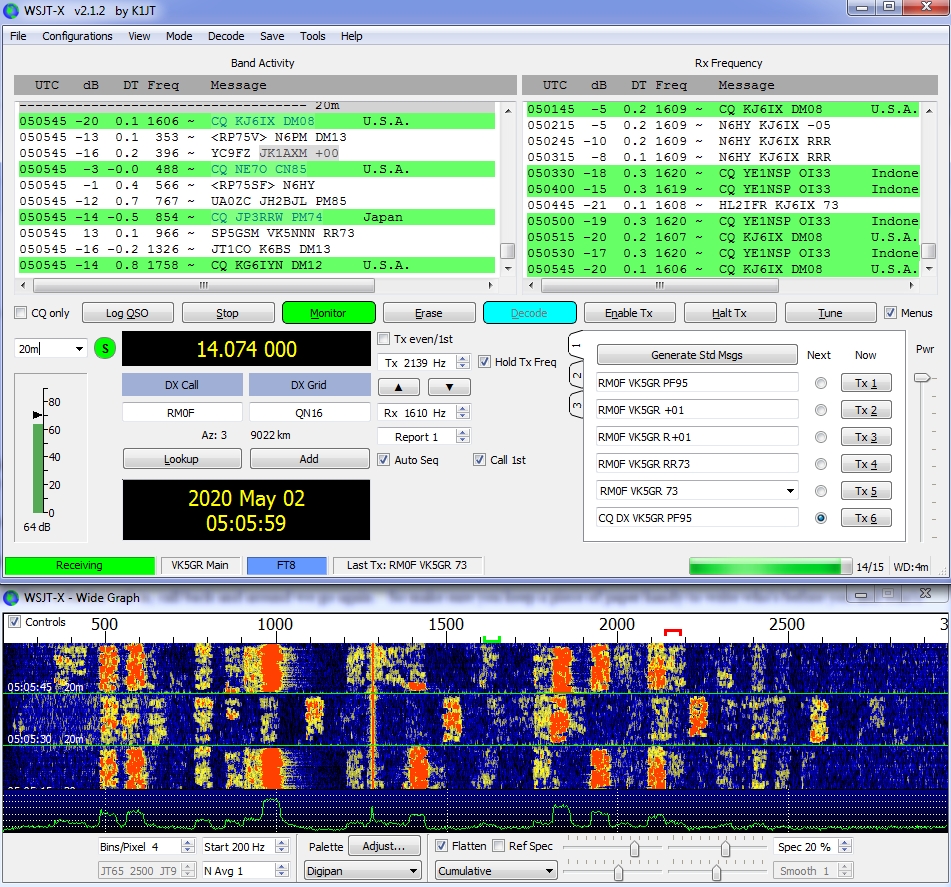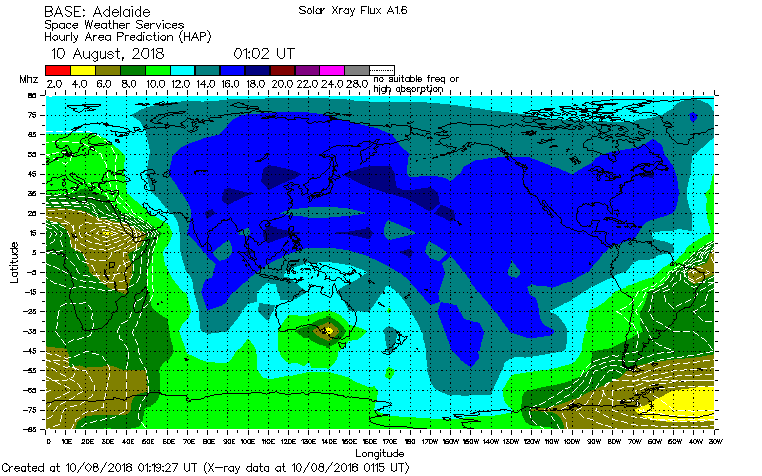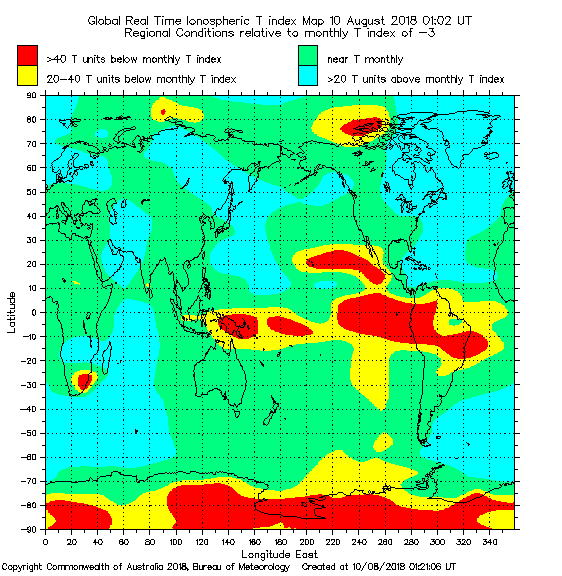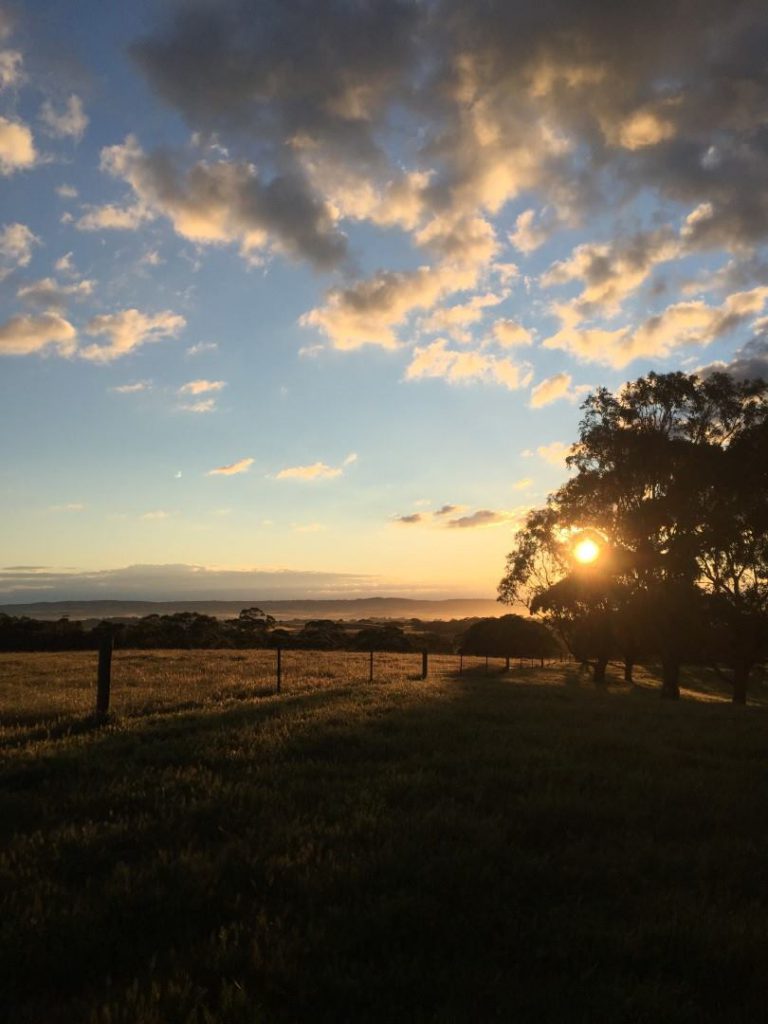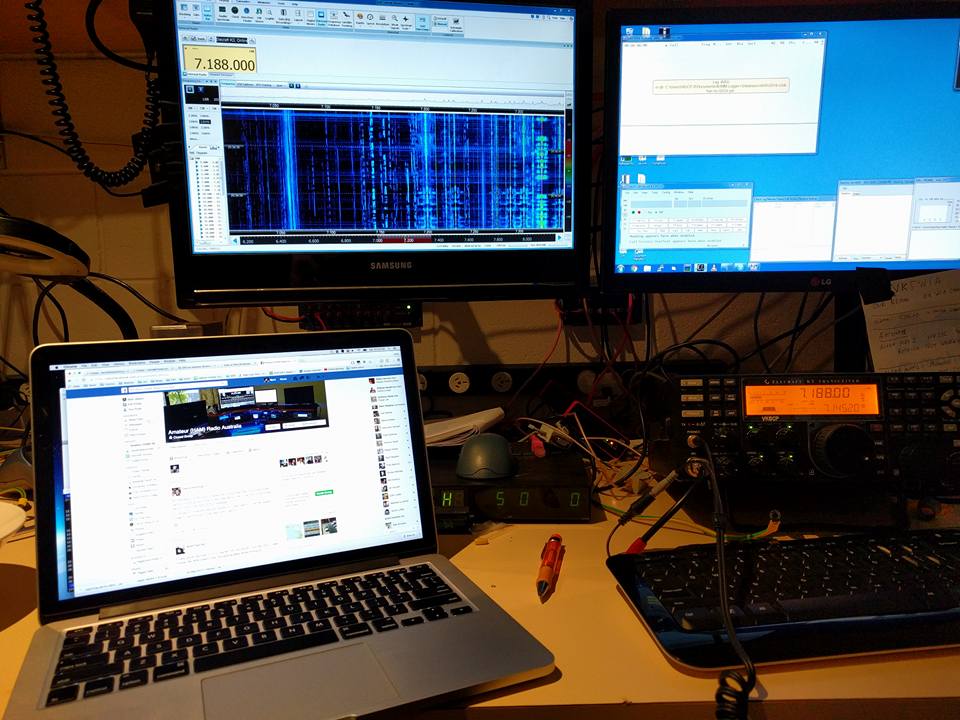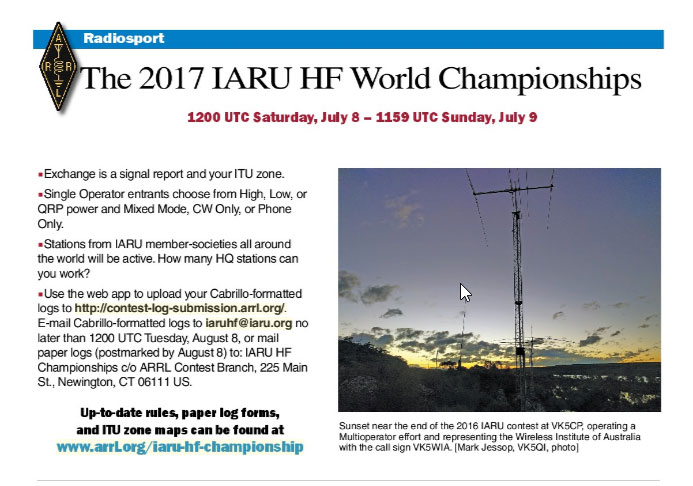 The Amateur Radio Experimenters Group is proud to announce a new event on the Amateur Radio Calendar. The FreeDV HF Digital Voice QSO Party!
The Amateur Radio Experimenters Group is proud to announce a new event on the Amateur Radio Calendar. The FreeDV HF Digital Voice QSO Party!
The aim is to encourage as many Radio Amateurs as possible to learn about FreeDV and encourage as many FreeDV signals to be on the air as possible to help spread the word about this new mode.
If you can use WSJT-X for FT8 or any other digital modes software then, with the addition of Headphones and a microphone on your PC, you can switch to digital voice transmission in an instant! Its that easy! So why not give it a try? This is a great way to experiment with something new from the comfort of your own armchair. All it takes is a little bit of time to download, install and setup the software – nothing more!
What to know more? The QSO party rules are below, plus details of where to get FreeDV are included later in this bulletin. Read on!
The Rules
When: April 27th 0300z to April 28th 0300z 2019
Where: All HF Bands from 160m – 10m (excluding the WARC bands)
How: Work as many stations as possible using the FreeDV 700D or FreeDV 1600 modes in 24 hours. You can rework the same station once every 3 hours per band.
Centre Frequencies: 1870kHz, 3630kHz, 7180kHz, 14130kHz, 21180kHz, 28330kHz (chosen in accordance with IARU Bandplans)
Exchange: Signal Strength + Serial Number starting at 001
Points: Stations participating can earn points per QSO
- 1 point per contact within a continent
- 5 points per contact between continents
- 50 points per contact with VK5ARG
(AREG’s club station is planned to be manned for the 24hrs looking particularly for inter-continental DX on 40/20 and 15m)
Multipliers:
- 1 per call area in VK/VE/JA/ZL per band +
- 1 per DXCC entity per band +
- 1 per inter-continental contact
Final Score:
- Sum all points x sum all multipliers
You can work a station once per band.
Stations earning 50 points or more will be entitled to an emailed PDF certificate indicating their successful participation in this inaugural event!
Categories:
There is one entry per station callsign only.
Log Submission:
You MUST submit your ADIF formatted log via email within 7 days after the event to:
FreeDV.QSOParty (at) areg.org.au
What is FreeDV?
FreeDV is an open source digital voice transmission mode developed for HF Amateur Radio by David VK5DGR. It is founded on open source principles with the Codec2 specification and code fully available to the Amateur Radio community at no charge.
The latest development, FreeDV 700D mode has performance equivalent or better than SSB on HF – a remarkable achievement in only 700 bps!
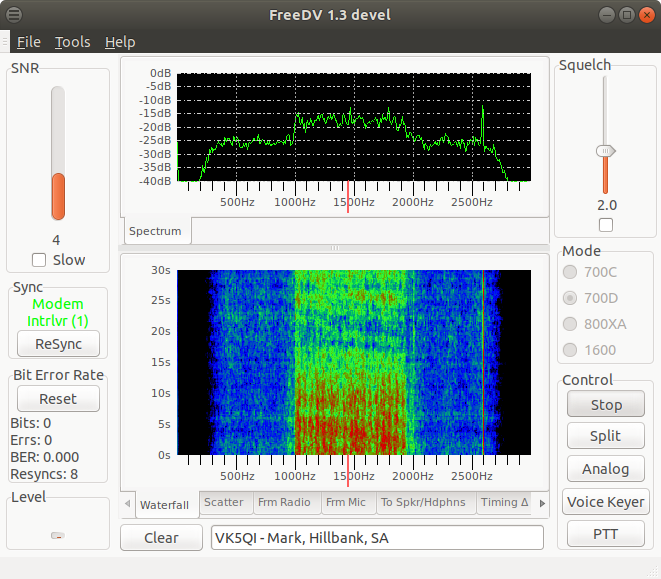
Why FreeDV?
FreeDV 700D outperforms SSB at low SNRs – you can get an easy copy of 700D when SSB is unusable.
Amateur Radio is transitioning from analog to digital, much as it transitioned from AM to SSB in the 1950’s and 1960’s. How would you feel if one or two companies owned the patents for SSB, then forced you to use their technology, made it illegal to experiment with or even understand the technology, and insisted you stay locked to it for the next 100 years? That’s exactly what washappening with digital voice. But now, hams are in control of their technology again!
FreeDV is unique as it uses 100% Open Source Software, including the speech codec. No secrets, nothing proprietary! FreeDV represents a path for 21st century Amateur Radio where Hams are free to experiment and innovate, rather than a future locked into a single manufacturers closed technology.
FreeDV can be used on multiple platforms including Windows, Mac and Linux systems.
Where can I get FreeDV?
FreeDV software and more information is available from the FreeDV Website!
FreeDV.org
Supporting Events?
If you live in Adelaide, South Australia, there are two events planned prior to the QSO party to help you get FreeDV operational. AREG will be holding a “Tech Night” on April 5th at the clubrooms in the Fulham Community Centre starting 7.00pm. In addition, David VK5DGR (FreeDV’s creator) will be our guest presenter at the April AREG meeting on Friday the 12th. Doors open at 7.15pm for that event.
AREG is also looking to re-launch the FreeDV WIA News Broadcast. New times and frequencies will be announced soon! This provides a perfect opportunity to experiment with FreeDV reception while the broadcast is running for 30 minutes, plus you can participate in the callbacks afterwards.
At the April meeting a new version of FreeDV is also going to be released that promises significantly improved audio fidelity over the communications grade 700D and 1600 modes. Why not put it in your diary and come along – visitors are most welcome!
Want to know more?
Who can I Talk To?
Login to the K7VE FreeDV QSO Finder to find other Hams using FreeDV.
Support
Please post your questions to the Digital Voice Google group
Developers please subscribe to the Codec 2 Mailing List.
IRC Chat
For casual chat there is a #freedv IRC channel on freenode.net
We hope to see you on FreeDV!

